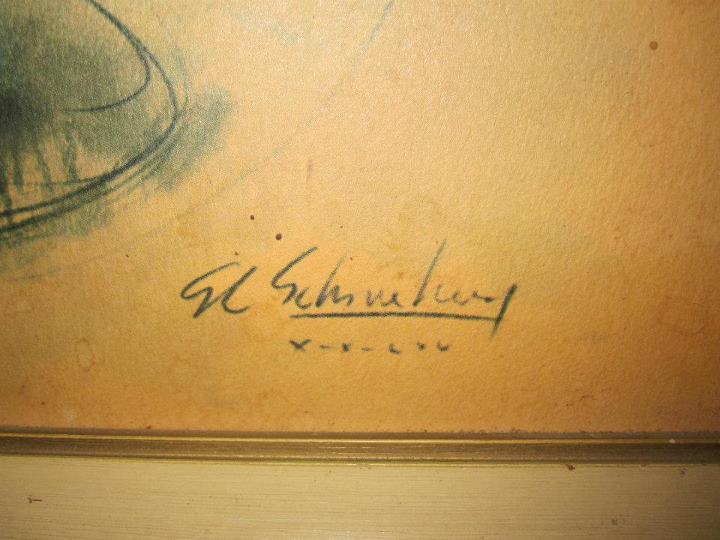


(Note: If you have a keyword/value pair that corresponds to the number of molecules on the cell, you can skip this step and the next)įigure 1. (Note: if your calibration standards were acquired as one tube, first export the individual peaks, and then re-import the new FCS files into FlowJo). Place your calibration standard samples into their own group.The following steps guide you through creating the standard curve, calculating the line that fits the curve, and ultimately deriving the number of molecules on the surface of a cell in your experiment: Have three or more standards that cover the anticipated range of expression on your target cells, together with a blank. In FlowJo v10, we need to start with data from your calibration standards.

The strict measurement being determined here is the molecules of equivalent fluorescence (MESF). Note: In the following example, we assume one bound antibody per molecule, which may not be true depending on antibody class, distance between molecules, and number of targeted epitopes on a given molecule. With the standard curve we derive a linear relationship between fluorescence intensity and number of molecules on a given cell. Considering that fluorescence intensity is correlated with molecules on the surface of the cell, can the relationship between the two be quantified? If so, how can we use that relationship to calculate the number of molecules on the surface of a cell in a given experiment?Īs with all indirect measurements, a standard curve must first be created using calibration standards (for example, cytometric bead arrays), to establish the relationship between the fluorescence intensity measurements and the antibody binding to its target molecule. Setting up large layouts: Really useful tools for the display of many graphs are placeholders and Layout Grids.Īnnotating data: Legends and adding graph annotation allows you to add additional information about your samples including statistics and keywords.Measuring the fluorescence intensity of cells and particles is routine and the basis of the vast majority of inquiry in flow cytometry. Visualization options: Here are a handful of visualization options that can be accessed by right-clicking on a graph including Backgating, which reveals the effect of every gate in the gating tree of a multi-generation gated population, and adjunct histograms which displays univariate (histogram) displays of data in a bivariate graph.Ĭomparing samples: A great way to compare many samples is through the use of Overlays and Multigraph Overlay. The Layout Editor has a number of options to display your graphs (charts) and annotate your data.Ĭhanging visualization and annotation: The central place to go to edit charts and add annotation is the Graph Definition Window, which can be accessed by double-clicking on a graph.


 0 kommentar(er)
0 kommentar(er)
